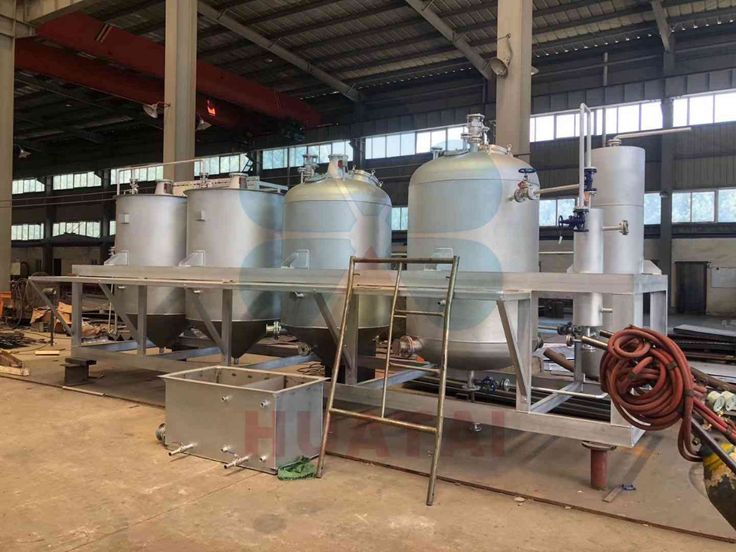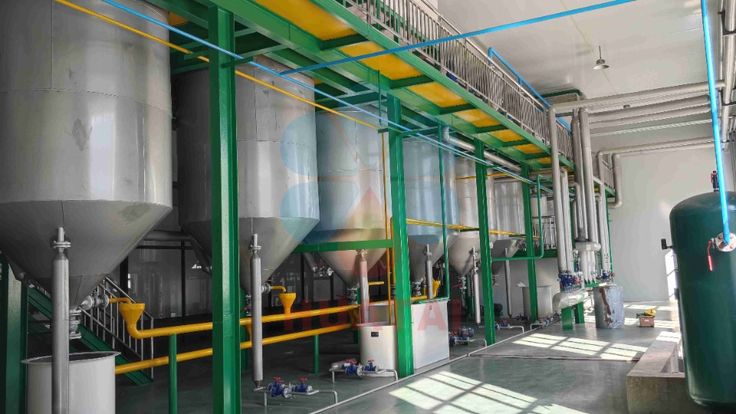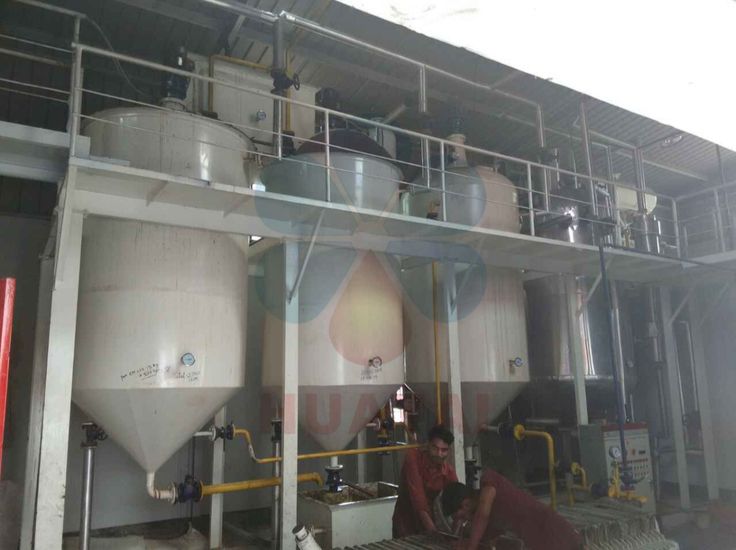Complete sets of oil refining equipment typically include processes such as degumming, deacidification, dehydration, decolorization, deodorization, and dewaxing. After extracting crude oil using extraction equipment, the oil needs to be refined through these processes to remove impurities, improve oil quality, and ensure its edibility. The deodorization process is specifically used to remove certain "odors" from the oil. Where do these odors come from? Let's take a brief look.

Natural oils inherently contain some odor components, but their content is usually very low, approximately between 0.1% and 1.0%.
Lipid-like substances in the raw materials can transfer into the oil during the production process, generating odors.
During the extraction and storage of oils, low molecular weight aldehydes, ketones, acids, sulfur compounds, and other substances can decompose, producing odors.
Odors such as burnt smells, solvent smells, soap smells, bleaching earth smells, and hydrogenation odors can arise due to improper operations or equipment issues during oil processing.
Oils stored under poor conditions can undergo oxidative rancidity, producing unpleasant odors.
To remove these odors from oils, refining equipment typically employs deodorization processes. The main principle of deodorization is to use high temperatures and a vacuum environment to volatilize and remove odor components.

This is a common deodorization method in oil refining equipment. It removes low molecular weight odor substances, free fatty acids, peroxides, monoglycerides, diglycerides, sulfur compounds, and thermal decomposition products of pigments from the oil using the principle of vacuum steam stripping. This method not only removes odor substances from the oil but also increases the smoke point of the oil, improves the flavor of edible oil, and enhances the stability, color, and quality of the oil.
Utilizing the adsorption properties of activated clay to absorb odor substances in vegetable oils. This method is usually used as an auxiliary means in the deodorization process.
Using steam distillation to help remove volatile odor components from the oil.
Removing impurities that may cause odors in the oil through filtration.
Adding certain additives, such as citric acid, during the deodorization process to neutralize or mask odors.

Additionally, to ensure the effectiveness of deodorization, refining equipment needs to strictly control process parameters such as heating temperature, vacuum degree, and deodorization time during the deodorization process. Selecting high-quality raw materials and regularly maintaining and cleaning the equipment are also important measures to ensure the deodorization effect.
In summary, odors in oils come from multiple sources, and refining equipment can effectively remove these odors through deodorization processes, thereby improving the quality and safety of the oils.
Huatai Oil Machinery provides good quality oil mill plant, time & fast delivery, perfect after-sale services, and reasonable price, contact us!
Website: https://www.huataioilmachine.com/Copyright @ Henan Huatai Cereals And Oils Machinery Co.,Ltd.